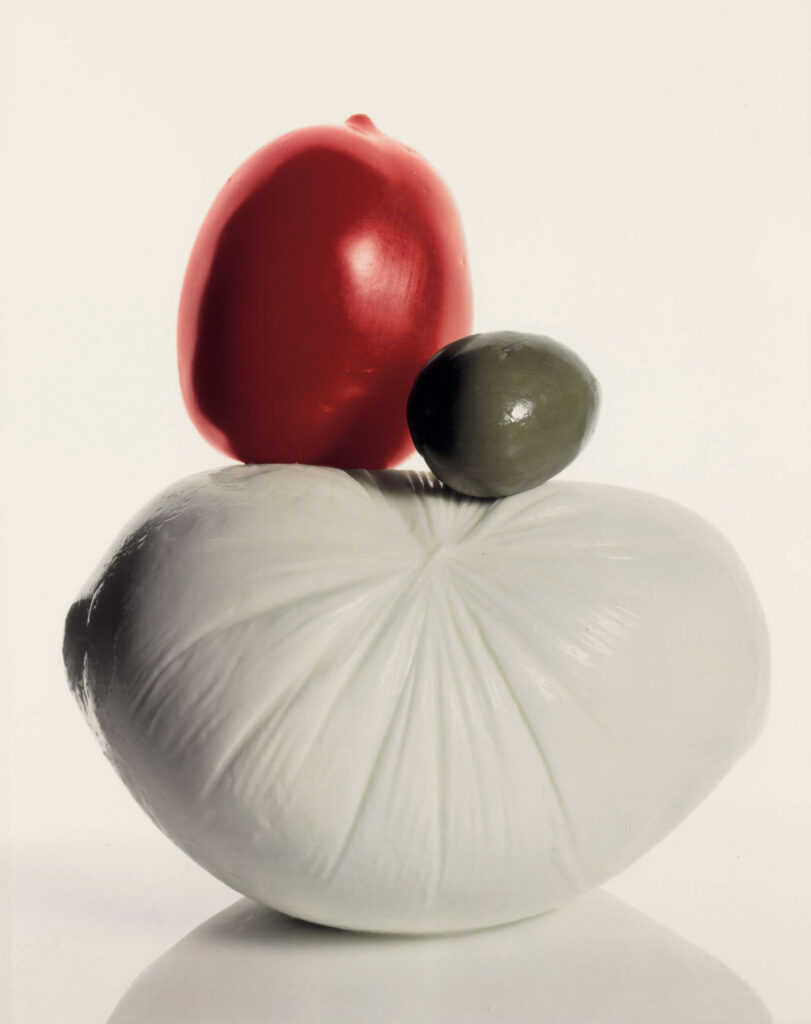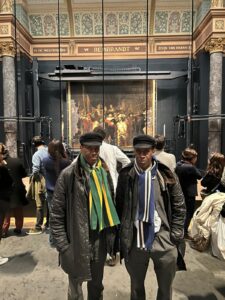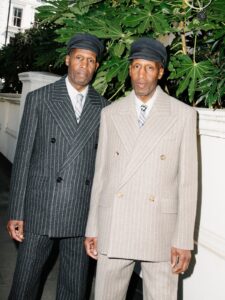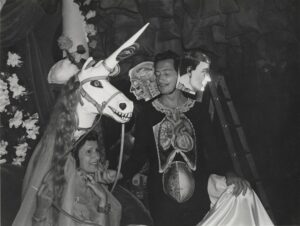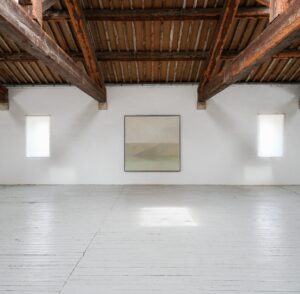Grace Wales Bonner at Hermès
Not just a headline
In a world where the merry-go-round of male designers at major fashion houses seemed endless, Hermès has chosen a different course. Last week, the iconic house named Grace Wales Bonner its new artistic director for menswear – a historic appointment and ‘exactly what the industry needs’, says Asma el Ghalbzouri.

In the quiet, hyper-controlled world of Hermès, where craft, leather and tradition set the rhythm, something is shifting. Grace Wales Bonner (born 1990, Central Saint Martins alumna, 2014) has been appointed artistic director for menswear. It is a move that jolts the fashion world – not only because she is the first Black woman to lead a house of this calibre, but above all because her vision goes beyond representation.
In recent years we have watched the merry-go-round of fashion houses: six or seven white men keeping one another’s seats warm, with the odd exception. For the second time this season that pattern breaks – first with Louise Trotter at Bottega Veneta, now with Wales Bonner – not as a token, but as a force of substance. Wales Bonner’s work is not about colour; it is about culture. About lived experience.
It reminds me of an interview with Denzel Washington. Asked why it matters that a cast is Black in a given film, he replied: ‘It isn’t about colour, it’s about culture. Steven Spielberg could have made Goodfellas and Martin Scorsese Schindler’s List, but culture is why those films, with their original directors, gained that extra layer.’ That is exactly what Grace Wales Bonner brings: a cultural memory, a worldview that is not theoretical but lived.
Her fashion is more than tailoring – it tells a story. She threads the refinement of British suiting through references to Black culture, music, spirituality and history. Her silhouettes are sleek yet charged. Men are not merely wearing suits; they are wearing their forefathers.
‘She weaves the refinement of British tailoring with references to Black culture, music, spirituality and history. Her silhouettes are sleek yet charged. Men aren’t wearing suits; they’re wearing their forefathers’
Hermès has always stood for craftsmanship and quietness. Wales Bonner offers a counterpoint: nuance, warm rhythm and intellect. She understands the rules of heritage – and knows when to rewrite them. Her feel for material, colour and context makes her an ideal fit for a house that values meaning over speed. Nor does she come out of nowhere. Since her debut at London Fashion Week (2015) she has been a fixture in menswear. Her name was whispered at Fendi and Louis Vuitton, but Hermès suits her better: understated, intellectual, yet open to context.
The conversation about diversity in fashion has too often stalled at who gets a seat at the table. The real gains lie in perspective. Wales Bonner brings a lens the industry sorely needs – one in which aesthetics and identity are inseparable. Her appointment is therefore not merely symbolic. She embodies the shift from ‘hiring a person of colour’ to ‘changing the discourse’. That is what the industry needs.
The first Hermès menswear collection under her direction is expected in 2027. I’m curious to see how she will tie the house codes – minimalism and savoir-faire – to her own DNA. Expect no radical break, but a subtle shift: new energy within the existing system – the best example of truly having ‘a seat at the table’. The appointment of Grace Wales Bonner is more than a headline; it is a sign of the times. It proves that representation only matters when it goes hand in hand with vision. And if anyone understands that, it is her. Yes, it is historic – but more importantly, it is substantively relevant. She doesn’t bring a statement; she brings culture. Long live the phenomenal Grace Wales Bonner.
